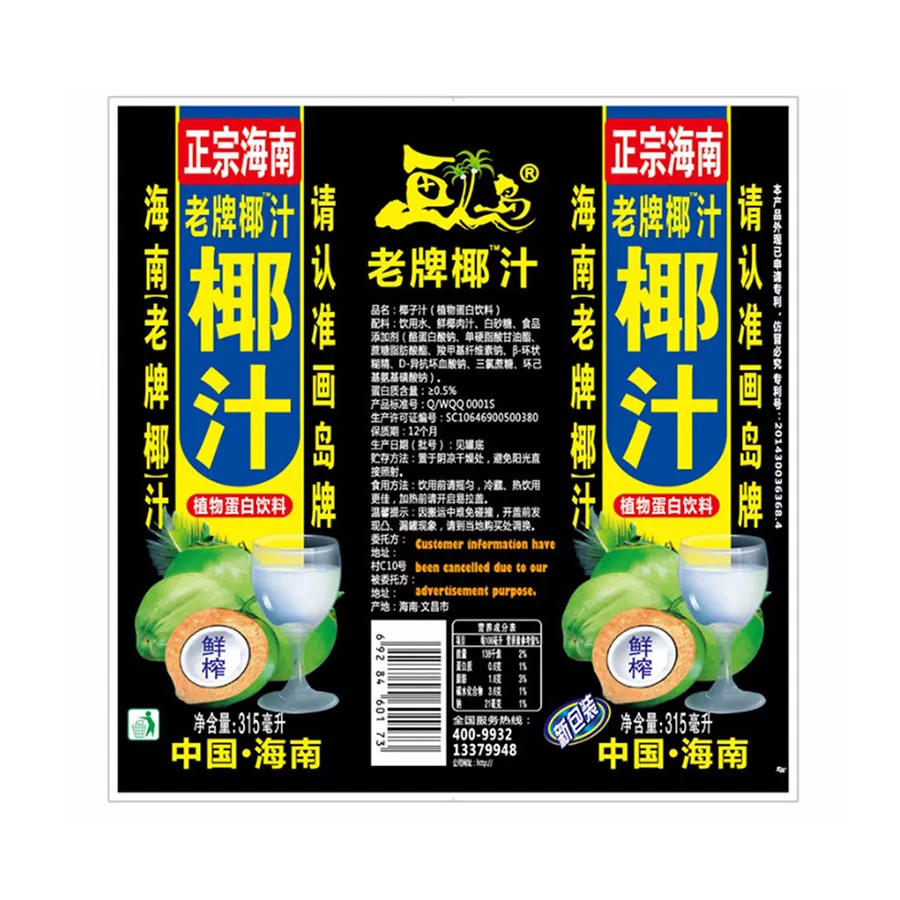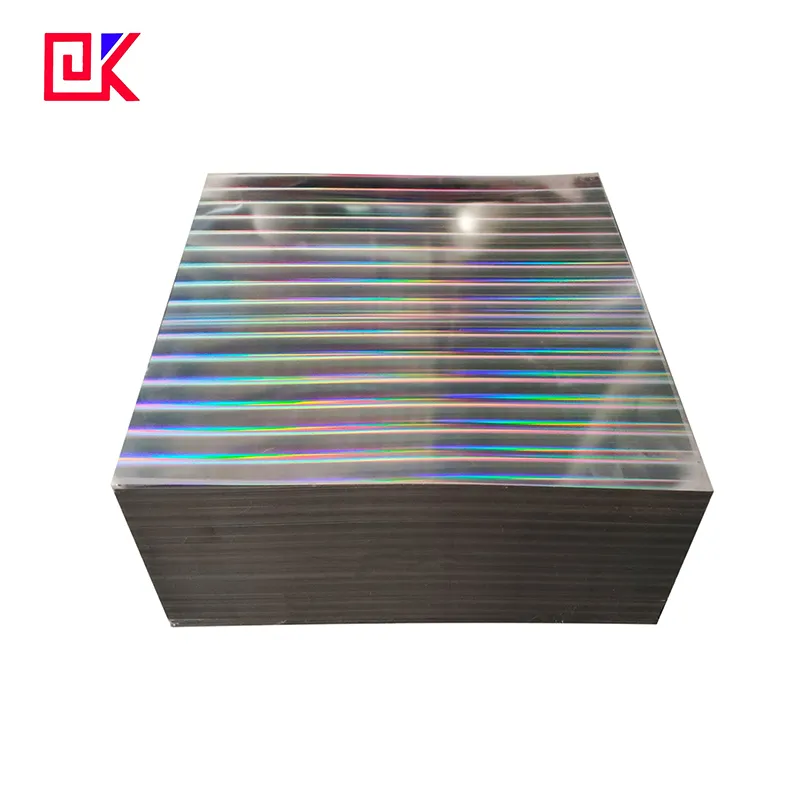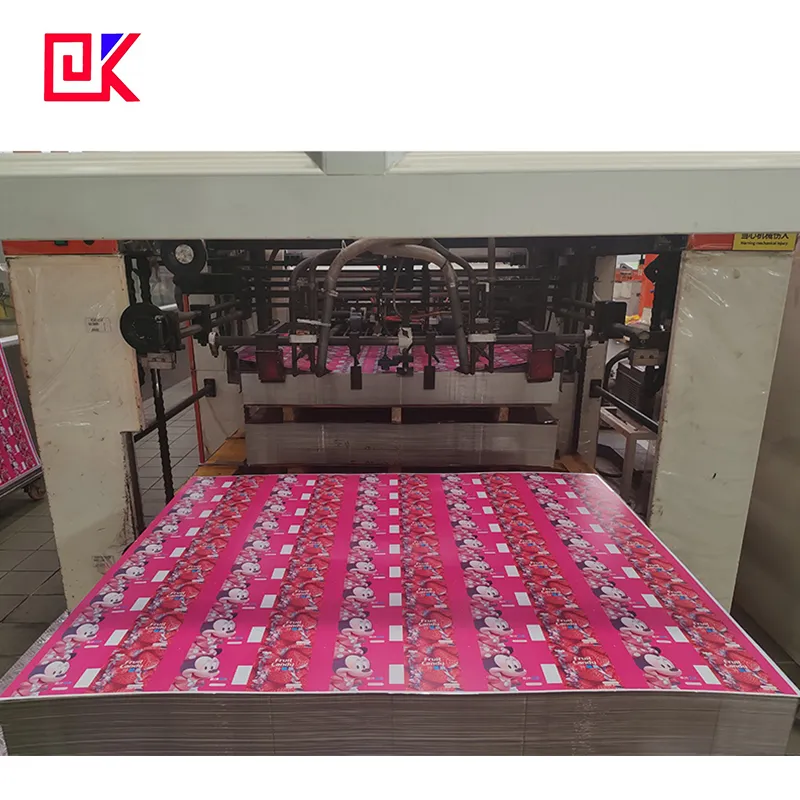Tinplate containers are an indispensable part of the modern packaging industry and are widely used in many fields such as food, beverages, cosmetics, pharmaceuticals and industrial supplies. Tinplate has become an ideal choice for various packaging and storage products due to its excellent corrosion resistance, strength and plasticity.
This article will discuss in depth the definition of tinplate, the types of products and its wide application, so as to help readers fully understand the importance and application scenarios of this material.

What is tinplate?
Tinplate, called "tinplate" in English, is actually a tin-plated thin steel plate or thin iron plate. It refers to a composite material with a thin layer of tin on the surface of steel or iron plate to play an anti-corrosion role. Because tin itself has excellent anti-corrosion properties, it can block oxygen and moisture in the air from directly contacting iron, thereby delaying the rusting process, which makes tinplate an ideal packaging material, especially in the packaging of food, beverages and other perishable products.
As a composite material, tinplate combines the strength of steel and the corrosion resistance of tin, and its surface is smooth and has good printing performance. Therefore, tinplate can not only effectively protect the items in the package, but also give it more decorative effects on the appearance through printing or coating technology, thereby increasing market competitiveness.
What is a tinplate container?
Tinplate containers, in simple terms, are packaging or storage containers of various shapes made of tinplate. This type of container is made of tinplate as the main material and is made through a series of stamping, cutting, welding and forming processes. It has good sealing and mechanical strength and can be used for packaging and preservation of various liquids, gases and solids.

What are the characteristics of tinplate containers?
Tinplate containers have some advantages that other packaging materials cannot match due to the special nature of their materials:
● Anti-corrosion: The tin layer covering the surface of tinplate can effectively prevent the iron from direct contact with air or moisture, reducing the risk of rust, so it is particularly suitable for food, beverages and chemicals, which are easily affected by the environment.
● High strength: Tinplate containers have high strength and impact resistance while maintaining light weight, which can effectively resist extrusion or collision during transportation and ensure the safety of internal items.
● Strong sealing: Tinplate containers are formed into highly sealed packaging forms through welding or other processes, which can effectively isolate air, moisture and pollutants in the external environment, thereby protecting the quality and preservation effect of the contents.
● Heat resistance and pressure resistance: Compared with other materials, tinplate has better heat resistance and pressure resistance, and can remain stable under high temperature and high pressure environments. Therefore, it is widely used in the packaging of canned foods and aerosols.

What are the classifications of tinplate products?
According to different uses and designs, tinplate products have a wide variety. The following will classify tinplate products according to the main application areas and product forms.
Food packaging containers
Tinplate occupies an important position in the field of food packaging. Its anti-corrosion and sealing properties make it very suitable for the storage and transportation of various foods. The following are several common tinplate food packaging containers:
● Canned containers: The most widely used application of tinplate is canned food. Canned food containers are usually made of two or three pieces of tinplate, which are sealed by welding or buckling. Since canned food needs to be stored for a long time after high-temperature sterilization, the good sealing and corrosion resistance of tinplate containers are particularly important. Common canned food packaging includes meat, vegetables, fruits and fish.
● Biscuit and candy boxes: The high strength and good printing effect of tinplate make it an ideal material for high-end food packaging such as biscuits, chocolates, and candies. This type of packaging can not only protect food from the influence of the external environment, but also enhance the grade and market appeal of the product through exquisite appearance design.
● Tea and coffee cans: Tea and coffee are products with high requirements for storage environment. They need to be isolated from air and light to prevent oxidation. Tinplate cans not only have good sealing properties, but also can further protect the quality of tea and coffee through inner wall coating.
● Baby milk powder cans: Due to the strict requirements of baby food on hygiene and quality, tinplate has become an important choice for baby milk powder cans. It can provide sufficient sealing to prevent milk powder from moisture or contamination, ensuring the safety of baby food.
Beverage containers
In addition to food packaging, tinplate containers are also widely used in the field of beverage packaging, especially in products such as carbonated beverages, beer and juice.
● Carbonated beverage cans: Carbonated beverages need to be stored under pressure, and the container must be able to withstand changes in internal air pressure. Tinplate's pressure resistance and sealing make it the preferred material for carbonated beverage cans. Whether in transportation, storage or consumption, tinplate beverage cans can effectively maintain the taste and quality of beverages.
● Beer cans: Tinplate is also widely used in beer packaging, especially some high-end and customized beer brands. The good heat preservation and light-proof properties of tinplate can effectively prevent beer oxidation and flavor loss.
Daily chemical products and cosmetic containers
Tinplate containers also have important applications in daily chemical and cosmetic packaging. Its corrosion resistance and high sealing make it an ideal material for aerosol cans, cream boxes and perfume bottles.
● Aerosol cans: Aerosol cans are a typical representative of tinplate products, used to store products such as hairspray, insecticides, and air fresheners. Since aerosols need to be stored under high pressure, the high pressure resistance of tinplate can effectively prevent the can from breaking and ensure product safety.
● Cream boxes: Many high-end skin care products, such as face creams, lip balms, etc., are packaged in tinplate boxes. The high sealing and printability of tinplate not only effectively protects the product, but also enhances the brand image through high-quality outer packaging.
Industrial supplies packaging containers
Tinplate containers are also widely used in the packaging of industrial supplies, especially chemicals, paints, and lubricants.
● Chemical tanks: Many industrial chemicals are highly corrosive or volatile, so a container that is both corrosion-resistant and completely sealed is required. Tinplate chemical tanks can safely store various chemicals, such as detergents, solvents, and coatings due to their corrosion resistance and high strength.
● Paint and coating barrels: Paints and coatings usually require large-capacity storage barrels, and tinplate barrels have become the main choice for paint barrels due to their sturdiness and anti-leakage performance. Tinplate barrels can not only ensure the stability of the paint, but also effectively prevent product leakage and ensure construction safety.
Other tinplate products
In addition to the above common applications, tinplate is also widely used to make pencil cases, gift boxes and other industrial or consumer product packaging.
● Pencil cases: Tinplate pencil cases have become a common item for many students and office workers due to their durability and beauty. It can not only effectively protect the internal items from being squeezed or damaged, but also increase the visual beauty through printing technology.
● Gift boxes: Gift boxes made of tinplate are widely used in the packaging of high-end gifts, such as tea, wine and chocolate. This type of gift box not only improves the grade of the product, but also has the value of collection and reuse.

What is the production process of tinplate products?
The production process of tinplate products is relatively complex and requires multiple steps to be finally formed. These steps usually include cutting, stamping, welding, coating, printing and packaging. Each step has a direct impact on the quality and function of the product, especially the sealing and corrosion resistance of the can body.
● Cutting and stamping: The tinplate sheet is first cut into the required size and then formed by a punching machine. Depending on the product, the forming process may vary.
● Welding and sealing: In order to ensure the sealing of the can body, tinplate products usually adopt welding or buckling process. In this process, it is particularly important to ensure the sealing and strength of the welding point.

